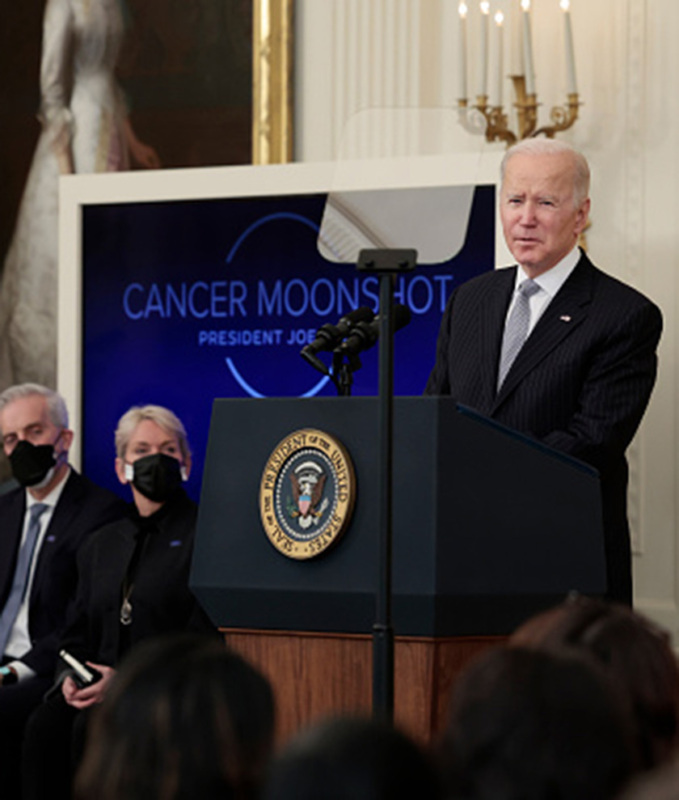Age 40+: If you have a strong family history
If more than one close relative (parent, child or sibling) had prostate cancer before age 65, start talking to your health care provider about prostate cancer screening when you are 40.
Prostate cancer is cancer that begins in the prostate gland (which is present in people assigned male at birth unless surgically removed). Most prostate cancers are slow growing and diagnosed in those who are older than 65. When found early before the cancer has spread beyond the prostate, the five-year survival rate is close to 100%.
Early detection of prostate cancer can save lives, but it's important to understand the benefits and risks. Not all prostate cancers need treatment and there can be long-term side effects or complications. If you have a prostate gland, talk with your health care provider to make the best decision for you. Start the conversation at:*
*Source: American Cancer Society
If more than one close relative (parent, child or sibling) had prostate cancer before age 65, start talking to your health care provider about prostate cancer screening when you are 40.
If you are Black or if you have a close relative (parent, child or sibling) who had prostate cancer before age 65, start talking to your health care provider about prostate cancer screening when you are 45.
If you are at average risk of prostate cancer, discuss the pros and cons of screening with your health care provider beginning at age 50.
Genetic testing may be an option for those who want more information about their prostate cancer risk based on their family health history or race/ethnicity.
Learn moreIf you have a prostate gland, you are at increased risk for prostate cancer if you:
You may reduce your risk for prostate cancer through these lifestyle-related risk modifications:
If you do, quit.
If you are Black or if you have a close relative (parent, child or sibling) who had prostate cancer before age 65, start talking to your health care provider about prostate cancer when you are 45. If more than one close relative had prostate cancer before age 65, start that talk when you turn 40.
There are usually no symptoms in the early stages of prostate cancer. Some symptoms could also be caused by other health problems, including an enlarged prostate or benign prostate hyperplasia (BPH). Talk with your health care provider if you experience:
Treatment depends on the type and grade of tumor cells, stage of the cancer and your other medical conditions.
Some prostate cancers grow very slowly and do not require immediate treatment. In these cases, you and your health care provider may decide on “active surveillance” (sometimes called “watchful waiting”) with regular follow-ups, usually every three to six months. This option should be open to reassessment, as your condition or concerns may change.
Prostate cancer surgery typically includes removal of the prostate (prostatectomy) along with the seminal vesicles and sometimes the surrounding lymph nodes.
This treatment uses high doses of radiation to kill cancer cells and shrink tumors. It may be used alone or in combination with another therapy before or after surgery.
This treatment is used to block the hormones that cause cells, including cancer cells, to grow. It may be used alone or in combination with another therapy before or after surgery.
Chemotherapy uses drugs to kill cancer cells. It is usually used to treat more advanced prostate cancer and can be given along with hormone therapy or by itself.
This type of cancer treatment helps your immune system better respond to the cancer to detect and destroy abnormal cells. It is usually used to treat more advanced prostate cancer.
This treatment uses methods like extreme cold or heat to destroy the abnormal cells when surgery or radiation is not possible.
The office of former President Joe Biden announced Sunday he has been diagnosed with an “aggressive form” of prostate cancer, which has spread to his bones.
Learn More




